VOLUME 37

(N)EVERLASTING: IMPERMANENCE IN DESIGN CULTURE Volume 37 Full PDF (2015) Abstract With the arrival of the digital age and a culture dedicated to speed and efficiency, much of contemporary design has lost an old motivation: to create artifacts or experiences of permanence. Not even incredible breakthroughs remain for very long before they become the undiscussed […]
Volume 36

Form and Fiction: The role of design and designers in shaping, framing and reflecting reality “The idea of probable, preferable, plausible and possible futures – the space between reality and the impossible – allows designers to challenge design orthodoxy and prevailing technological visions so that fresh perspectives can begin to emerge.” —Dunne & Raby Volume 37_Full […]
The Designer as Moral Intermediary

The Role of the Designer as Moral Intermediary by Nick Gregory In Peter-Paul Verbeek’s “Materializing Morality: Design Ethics and Technological Mediation,” the author argues that designed technology shapes both the way that we interact with the world and the way that we perceive the world. He defines technological mediation as “the role of technology in […]
The Evolution of Design Methodology, Science, and Research
The Evolution of Design Methodology, Science, and Research by Julia Paret, Graphic Design ’19 Surviving on the streets is not as simple as finding food and shelter. In the country of Cote d’Ivoire, the modern day version of Oliver Twist is the young man wearing brand name clothing in a flashy display of wealth. […]
Design as a Vehicle for Social Change
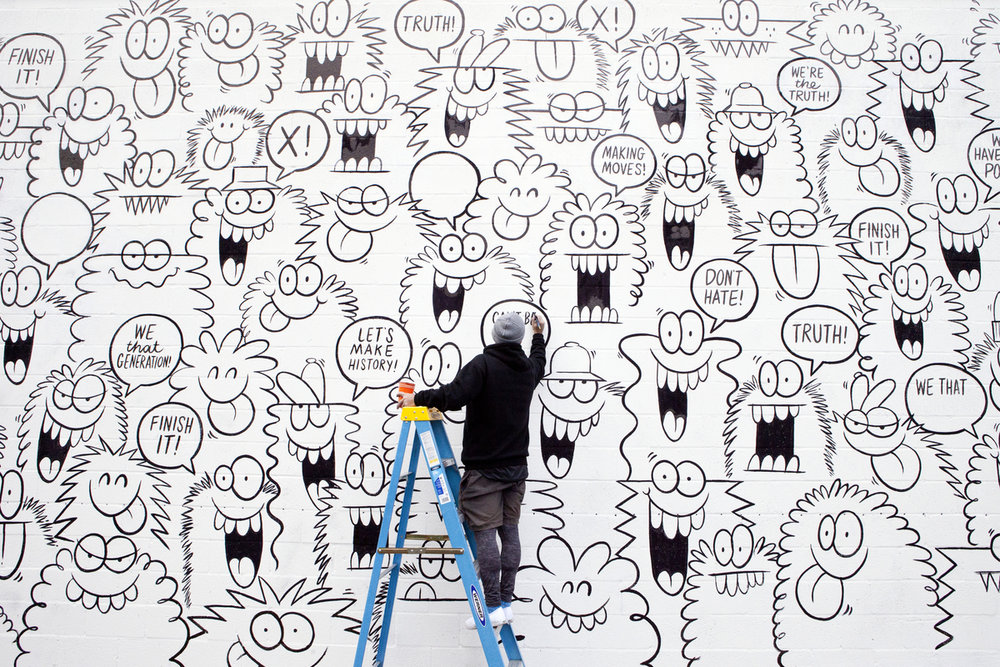
Design Activism by Amanda Nguyen Like any citizen, all actions of a designer impact others and they must be professionally, culturally, and socially responsible for their impact. Victor Margolin, co-editor of Design Issues, suggests that in a world of emerging manufacturing technologies, communication networks, and global marketing structures, designers can affect social change by embracing […]
Public Interest Design in Transition
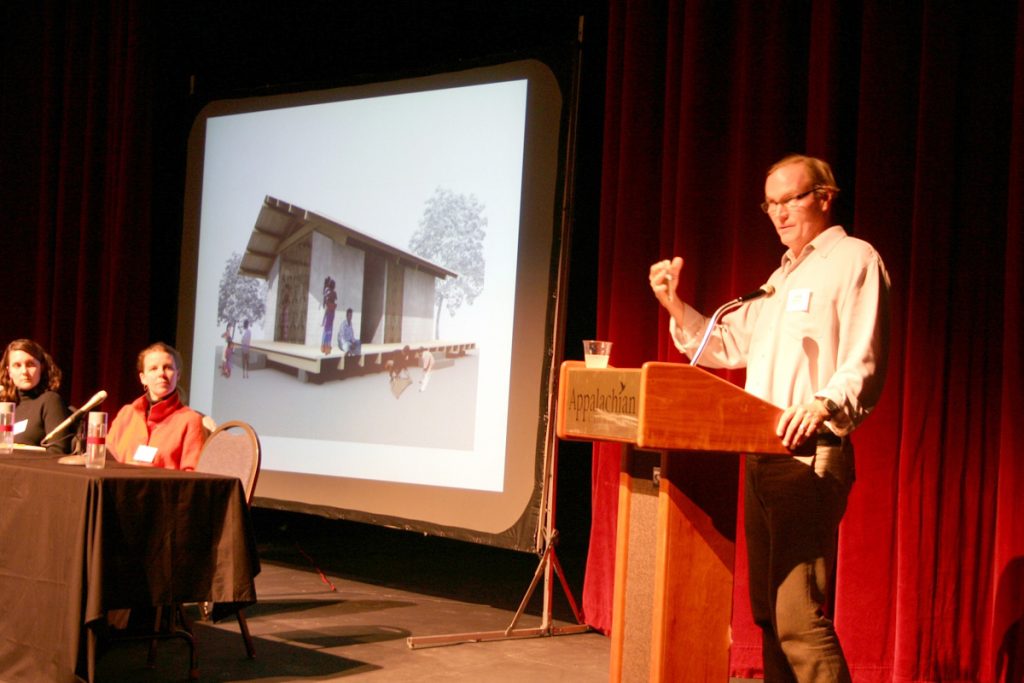
Public Interest Design in Transition by Lauren Krutchen “The human backside is a dimension architects seem to have forgotten,” said William H. Whyte, a well-known American urbanist (“William H. Whyte”). Whyte is describing how, historically, architects failed to include human perspective in their designs. However, Whyte, and a handful of other designers, realize that the […]
Sharon Joines
Sharon Joines is an Associate Professor of Industrial Design at NC State University. She is also a researcher and ergonomist, teaching courses in human centered design and ergonomics. Joines’ research is focused on quantifying the interaction between individuals, products, and their environment. She has addressed challenges in consumer markets, warehousing and distribution, medical applications, and manufacturing environments ranging […]
Teddy Cruz
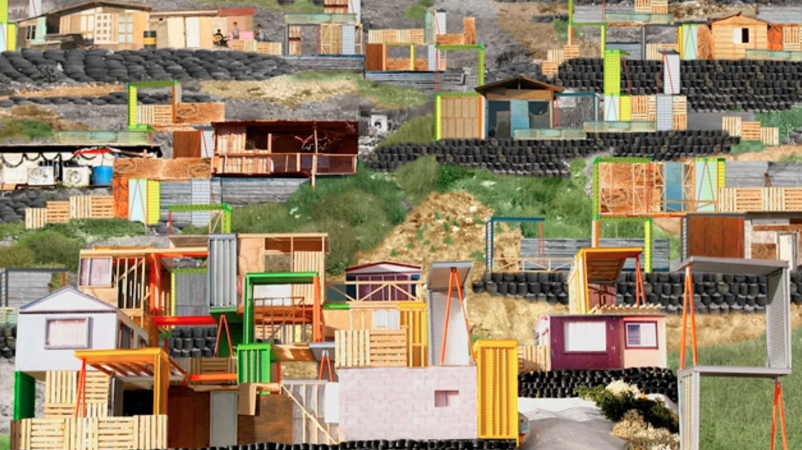
Teddy Cruz is an architect and ‘activist’. He is recognized internationally for his urban research of the Tijuana-San Diego border, advancing border immigrant neighborhoods as sites of cultural production, from which he rethinks urban policy, affordable housing and civic infrastructure. His investigation of this geography of conflict has inspired a practice and pedagogy that emerges from […]
Bryan Bell

Bryan Bell is a current Professor of Architecture at the NC State College of Design. He is also the founder of Design Corps, who’s mission is to to provide the benefits of architecture to those traditionally un-served by the profession in order to create a positive change within communities. Design Corps utilizes design advocacy and […]
Writing Assignment: Opinion
Using the reading Tania assigned you as a starting place (see below), you will create a 1000-word opinion piece that reacts to the ideas in that article. Think about how the article as a whole, or some topic within it, is arguing for, or against, design in transition. A constraint to this assignment: You may not use the […]
Skillet Gilmore
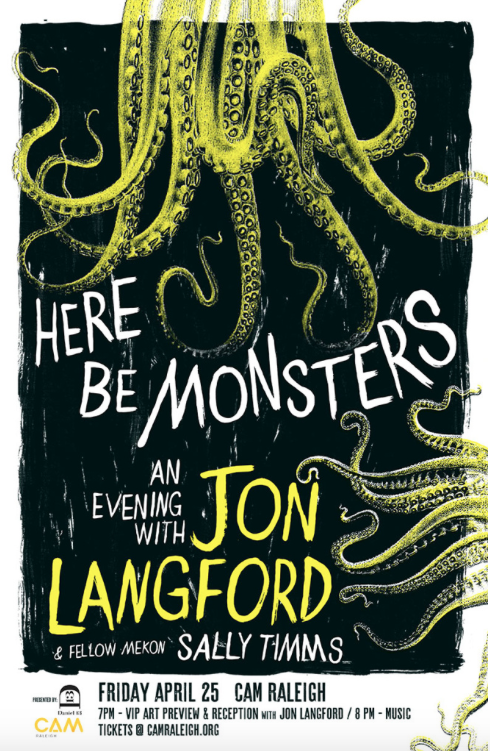
Skillet Gilmore is an artist, musician, former member of the Raleigh-based alternative country band, Whiskeytown, and production design supervisor at INDY Week. He began creating posters and other merchandise for his band, formed in 1994 and disbanded in 2000, which is how he discovered his knack for design. His posters aimed to catch the reader’s attention with graphics, […]
Brittain Storck
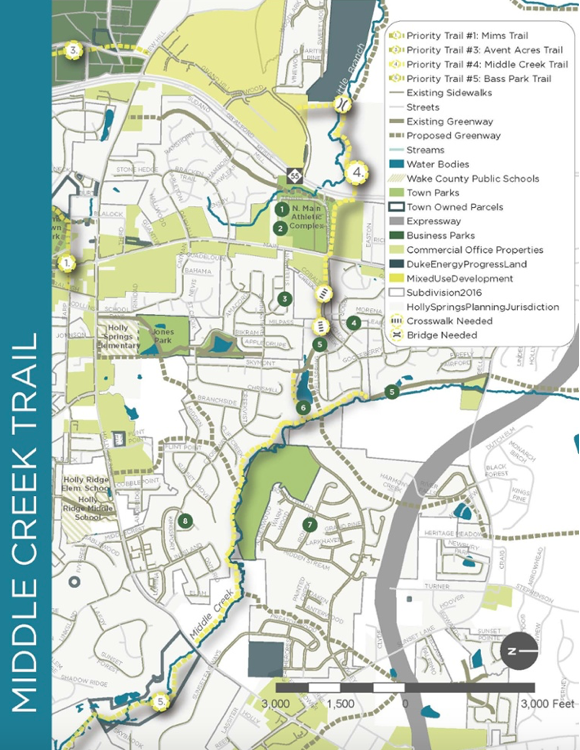
Brittain Storck is a professional landscape architect with a background in natural resource-based recreation projects, greenway and trail design, and active community design and planning. She’s Alta’s regional landscape architecture studio director and the board director of North Carolina Rail Trails. Storck has managed projects across the nation and cultivated an understanding of the complexities […]
Cecilia Mouat Croxatto
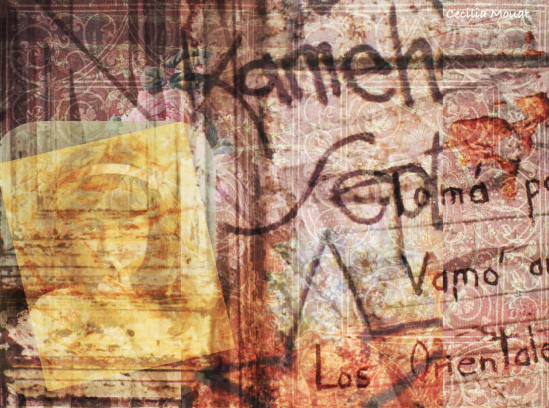
Cecilia Mouat is Assistant Professor and Director of the Graduate Program of Art+Design. Her background includes a PhD in Design, a Master in filmmaking and a professional degree in architecture. She is originally from Chile, where she worked for 25 years as an architect and visual artist. Mouat’s visual work includes experimental and documentary films, photography, […]
Michael Rock
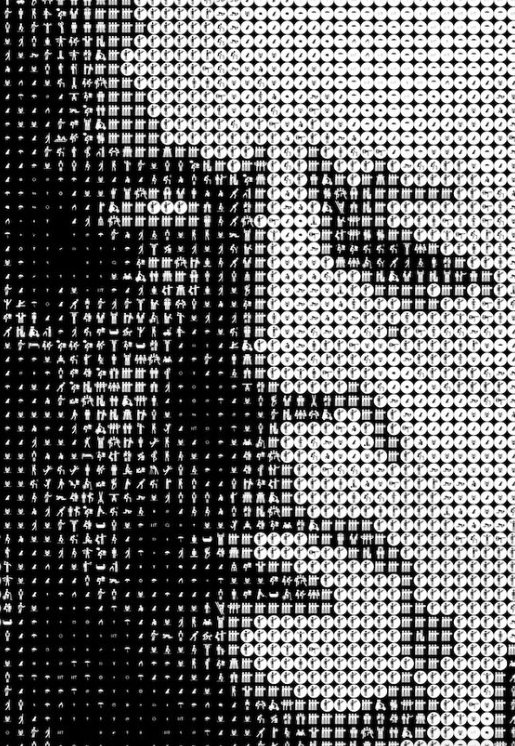
Michael Rock is a graphic designer, professor at Yale School of Art and founding partner and creative director of 2×4. He has written the book Multiple Signatures and recently wrote an article for the New York Times entitled, The Accidental Power of Design. Michael Rock received his BA in Humanities from Union in 1981 before […]
Terry Irwin

Terry Irwin is the Head of the School of Design at Carnegie Mellon University. She was also one of the founders of the international design firm MetaDesign, which has worked with such brands as Apple, Nike and Nissan. She has been a practicing designer for more than 40 years and has taught courses at […]
Sasha Newell
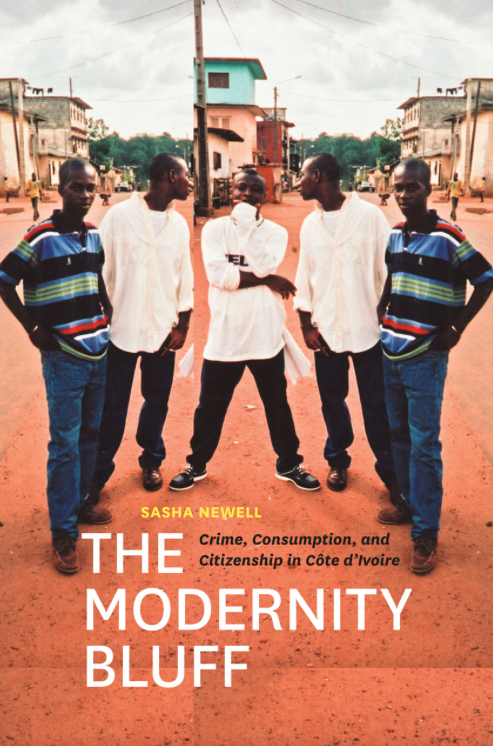
Sasha Newell is a Professor of Sociology and Anthropology at NC State University. He is interested in the contribution that design makes to the field of anthropology and how the integration of the two might provide more channels for practicing anthropologists. Newell’s personal research, on collecting and hoarding, looks at the effects of consumer and […]
Writing Prompt #2: Case Study as Argument
Writing a Case Study: Case studies are a type of writing and/or research that aims to understand and explain a phenomena or pattern. They are used in many fields to promote critical thinking and to understand a problem better. They are not meant to solve the problem, but instead to provoke an analytical discussion. In this […]
Phase II: Student Writing + Contributor Reminders
Tuesday, September 20 Advisory Board Meeting at 12:30 in Leazar 316 Team Debrief; Identify any key action items Share and review initial drafts of Personal Essay Discuss Zinsser reading in the review of essays Tuesday, September 27 Discuss Readings (Turchi, maps of the imagination; Zinsser, On Writing Well, p6-23.) Review initial ideas for Illustration of essay. Team […]
Writing Prompt #1: Personal Essay
Prompt: Looking at the familiar experiences of our own life and work can provide important opportunities to unpack the complex ideas and arguments embedded in critical writing. We will use Debbie Millman’s “Look Both Ways” as inspiration for developing personal, illustrated essay that describes the intersection of your personal interest area and the topic of […]
Against Search by Lev Manovich
How to work with massive media data sets? Early 21st century media researchers have access to unprecedented amounts of media–more than they can possibly study, let alone simply watch or even search. A number of interconnected developments which took place between 1990 and 2010–the digitization of analog media collections, a decrease in prices and expanding […]
Topic 3 – Technology

[su_custom_gallery source=”taxonomy: category/45,32,47,41,35,42″ limit=”40″ link=”post” width=”270″ height=”270″]
Topic 2 – Design Fiction

[su_custom_gallery source=”taxonomy: category/45,32,47,41,35,42″ limit=”40″ link=”post” width=”270″ height=”270″]
Topic 1 – Design Methods
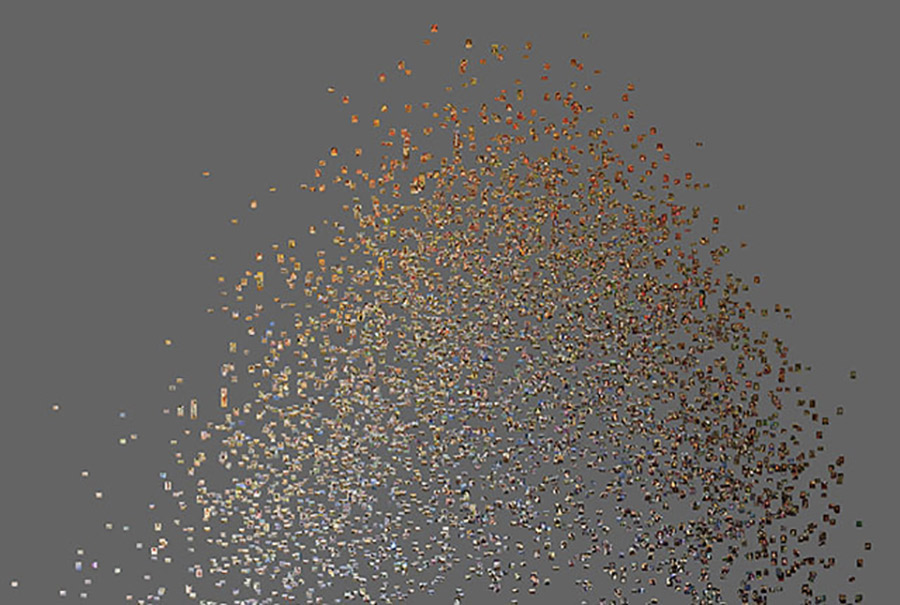
[su_posts template=”templates/teaser-loop.php” posts_per_page=”15″ tax_term=”51,50,48,46″ tax_operator=”0″ order=”desc”]
Phase I Schedule: Volume 38 Theme Development
Phase 01: Theme development During this phase, students will each develop an abstract for the theme of Volume 38 of The Student Publication. Additionally, students will develop a personal essay to facilitate thinking and conversation about relevant and current topics in design. August 23 – September 13 (4 weeks) At the end of this phase we […]
Design Fiction
Impermanence in Design Culture (2015)

Volume 31: Relevance (2005)
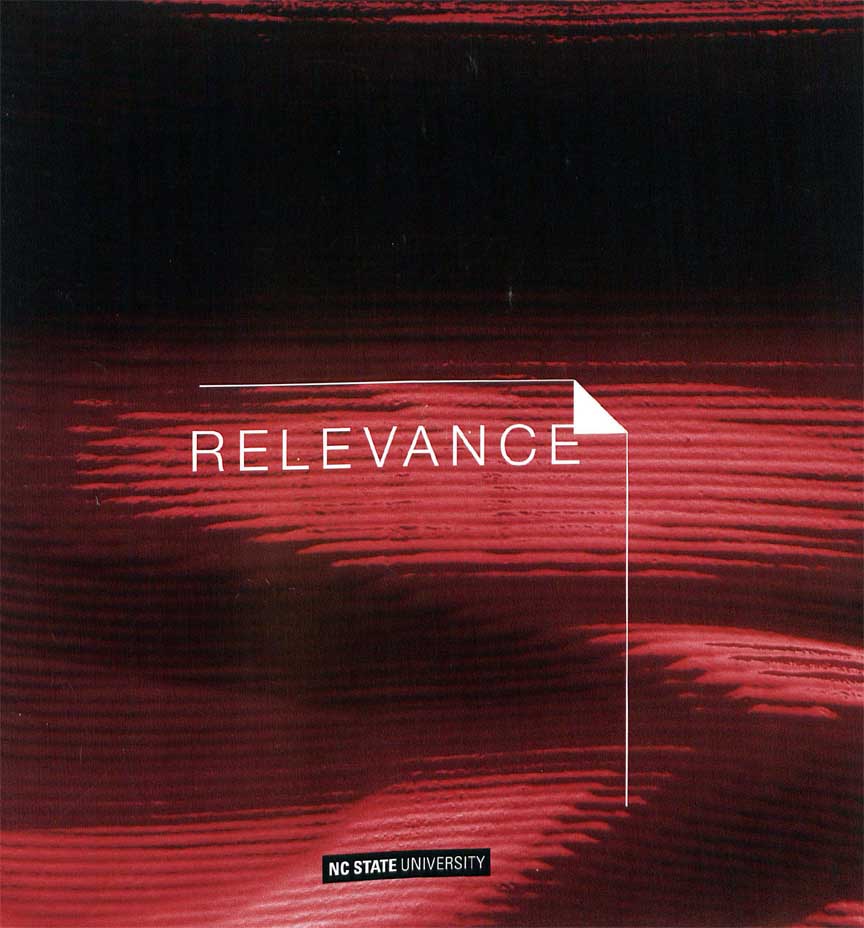
Relevance (Download PDF) Volume 31: Relevance, The Student Publication of the College of Design presents the work of a group of designers who, on the surface, fall into a number of disparate categories, negotiating issues spanning technology and manufacturing processes, economic class and culture, and environmental design considerations. Yet, all of the contributions to this volume are […]
Volume 29: Urban Design in Action (1985)

Urban Design in Action (Download PDF) Urban Design in Action is the documentation of a record of achievement by professional assistance teams who answer to appeals for help from our cities. Called Regional/Urban Design Assistance Teams, or RIUDATs, they began in 1967 in response to a citizen’s chance perception that the American Institute of Architects […]
Volume 28: Analysis of Precedent (1979)

Analysis Of Precedent (Download PDF) Analysis Of Precedent is a collection of diagrams which systematically analyze the works of eight architects. For each architect four representative buildings have been documented . The architects were purposefully selected from various periods of time to represent seemingly different approaches to architecture. Diagrams have been utilized to capture the essence […]
Volume 27: Great Models (1978)
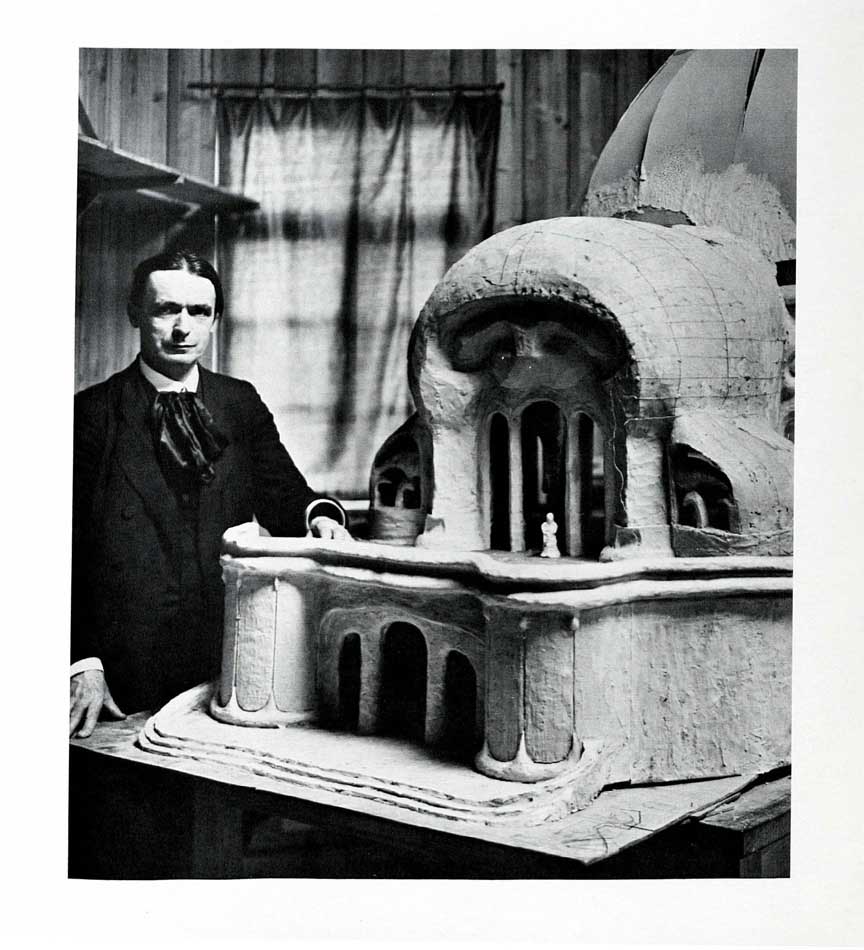
Great Models: Digressions On The Architectural Model (Download PDF) Architectural models offer a record of architecture older than the profession itself; a record which expresses all the varying spirit and meanings which both architects and their public give to buildings. It is an enchanting journey through entombments and religious devotions, through records left in fresco and […]
